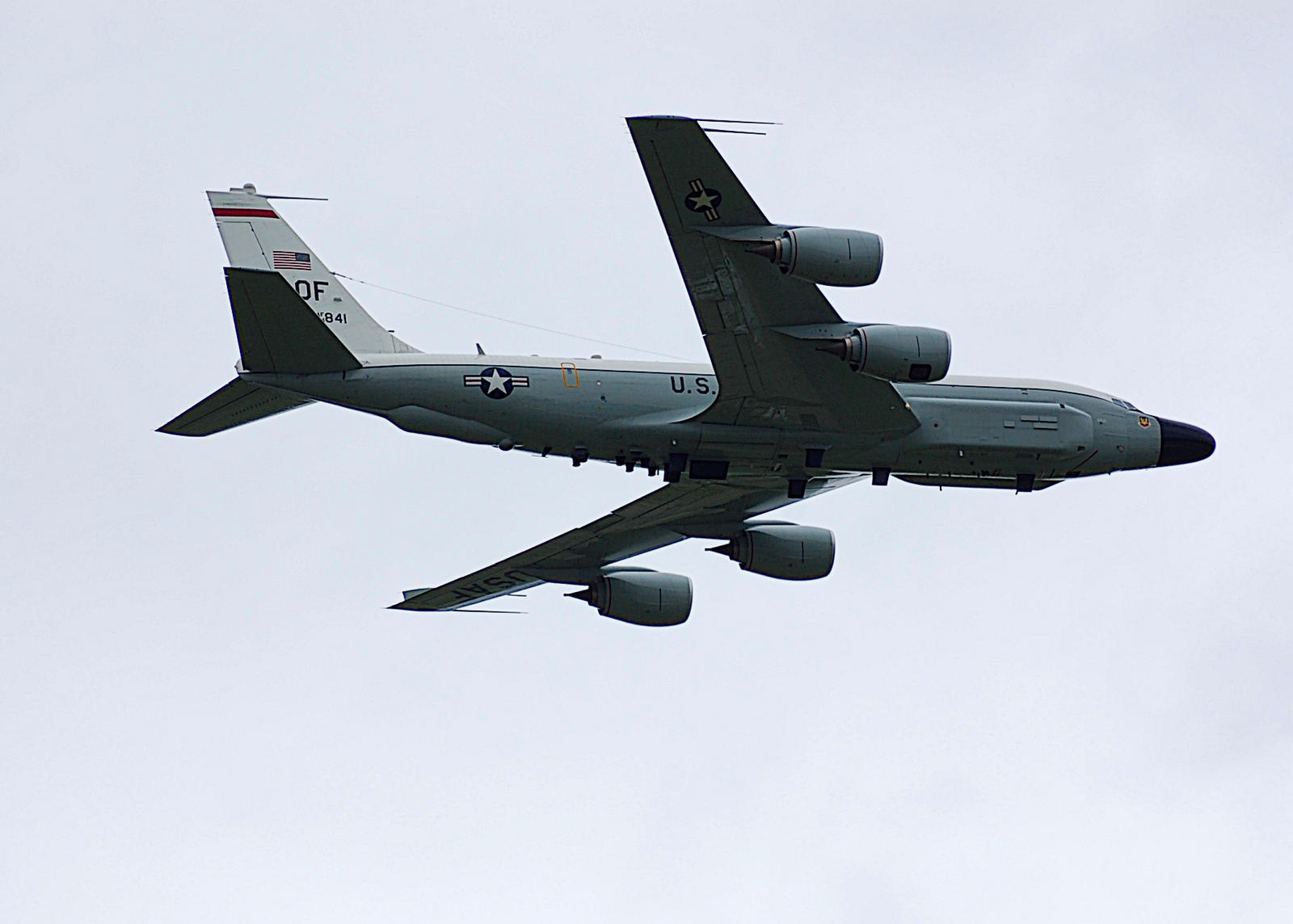The NATO Alliance has decided to increase its presence in the airspace over the region, which raises numerous questions. What exactly is happening and why has NATO deployed its aviation? Let’s delve into it.
NATO Enhances Monitoring
Let’s start with the fact that on October 5 near Odessa, flights of American reconnaissance aircraft RC-135V/W Rivet Joint and Boeing P-8A Poseidon were recorded. These aircraft patrol the airspace of Romania and monitor the situation in the Black Sea, particularly the actions of the Russian enemy fleet. In short – the situation is escalating, and NATO is responding with its aviation.
Where is Boeing RC-135W Rivet Joint Heading
This British reconnaissance aircraft has an important mission. It initially took off from the NATO military base on the island of Crete, Greece. This base is a key Alliance asset in the eastern part of the Mediterranean Sea. It then flew over Romania, Bulgaria, and Greece to monitor the Black Sea. Its main task is to monitor the situation around Crimea, where the activity of the Russian fleet is particularly noticeable.
What is NATO Aviation Doing?
Reconnaissance aircraft, such as the RC-135W Rivet Joint, help detect all threats from the enemy. They analyze air defense systems, radio communication, and the movements of enemy aircraft and ships. This reconnaissance is extremely important for ensuring security on the southern borders of Ukraine, especially in the context of possible attacks from Crimea.
American Boeing P-8A Poseidon: What Is This Beast?
Another participant in the mission is the Boeing P-8A Poseidon, an American military aircraft that took off from the Italian base at Sigonella, Sicily. This aircraft is also equipped with state-of-the-art electronics that allow it to conduct maritime reconnaissance. One of Poseidon’s main tasks is to provide information on enemy targets to the Ukrainian military.
What’s Happening in the Black Sea
As of October 5, increased activity of the Russian fleet in the Black Sea has been recorded. In addition, at night, Russia launched missile strikes on Ukrainian territory using guided aviation missiles and drones. This has caused great concern, which is why NATO has deployed its aircraft for monitoring and response.
What’s Next
It is not yet clear whether this escalation will lead to more serious actions, but one thing is clear — the situation requires careful attention. NATO aviation is helping Ukraine to obtain accurate data on enemy activity and prepare for possible attacks. Will there be new strikes? How will international partners react? There are many questions, but we will definitely get answers in the near future.
So let’s keep an eye on the news, and don’t forget to share your thoughts in the comments.


